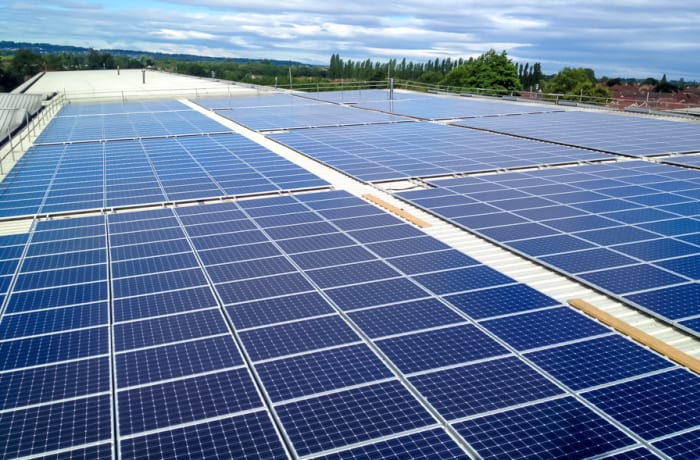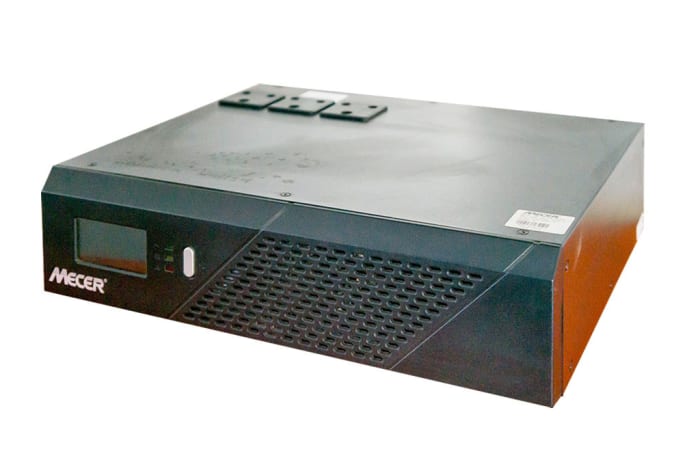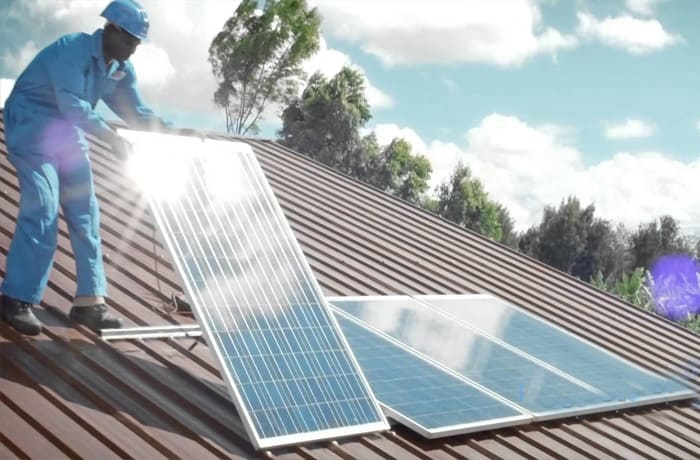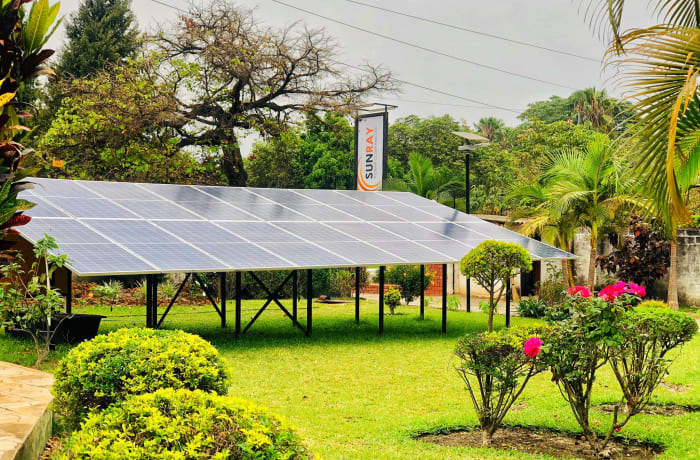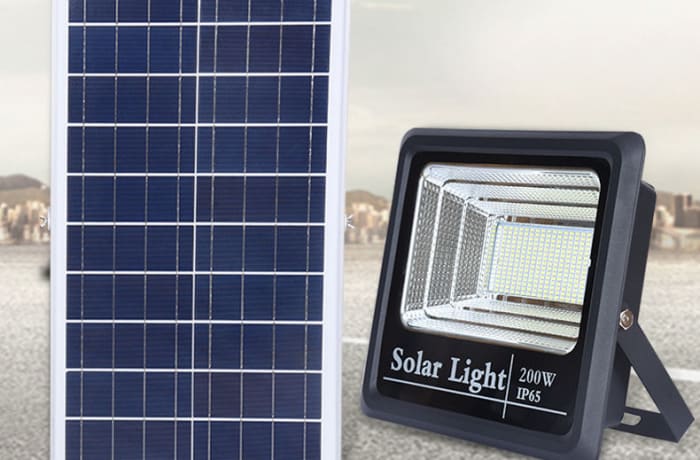
Gel Solar Batteries S12-230AGM-RE
Buy online
Further information
Gel batteries use gel as electrolyte instead of liquid acid. Gel is usually produced by homogeneous dispersion of pyrogenic silica in diluted sulfuric acid. Pyrogenic silica is a kind of powder of very well dispersed SiO, which absorb more than 10 times of its weight acid liquid to produce gel. Because of the thixotropic property of gel, the agglomerates are connecting themselves together as a network which keeps the liquid inside and become gel structure after a certain gelling time. The Gel battery has no liquid inside, the electrolytes is in gel form and stand solid between positive and negative plate inside battery.
Features of a Gel battery:
- Using gel as electrolyte
- Plate thickness tolerance is not critical since the high compression of plates group assembly is not necessary
- More electrolytes for better contact with plates and active materials and container walls, it is good for releasing internal heat and cooling battery temperature.
- Using the extra microporous separator which can:
- a/ reduce the depolarization of the negative electrode and avoid negative plate sulphation
- b/ without any liquid, significantly decreases thermal runaway
- c/ Help to prevent short circuits by dendrite growth between the positive and negative plates during deep discharge
- Better vent valve design to lower gas leaking rate to extend battery lifetime.
Advantages of a Gel battery:
Maintenance free
When battery is charging, hydrogen would be absorbed and reversed to electrolyte by plates. It doesn't need to refill water and balanced charge, which makes maintenance free.
Flexible installation
AGM separator keep electrolyte absorbed in glass mat and still. Battery can be used or positioned in any orientation.
Longer lifespan in extreme weather
Gel cell electrolyte prevent electrolyte being evaporated in high temperature or being frozen in low temperature, which keep battery in high performance in extreme weather. Extremely safe When excessive gas production by inappropriate charging occurs, safety valves will automatically emit the gas to prevent battery cracked.
Long standby life, Better cycle performance
Anti-corrosion lead-calcium alloy plate provides longer float charging life. AGM separator can trap electrolyte and prevent active materials on positive plate dropping at the same time. Moreover, it gives better deep discharge cycle performance.
Longer shelf life
Special lead-calcium alloy plates make lower self-discharge for longer shelf life.
High rate performance
Low inner resistance allows higher discharging and charging current for better performance in high rate application
